Picture Books
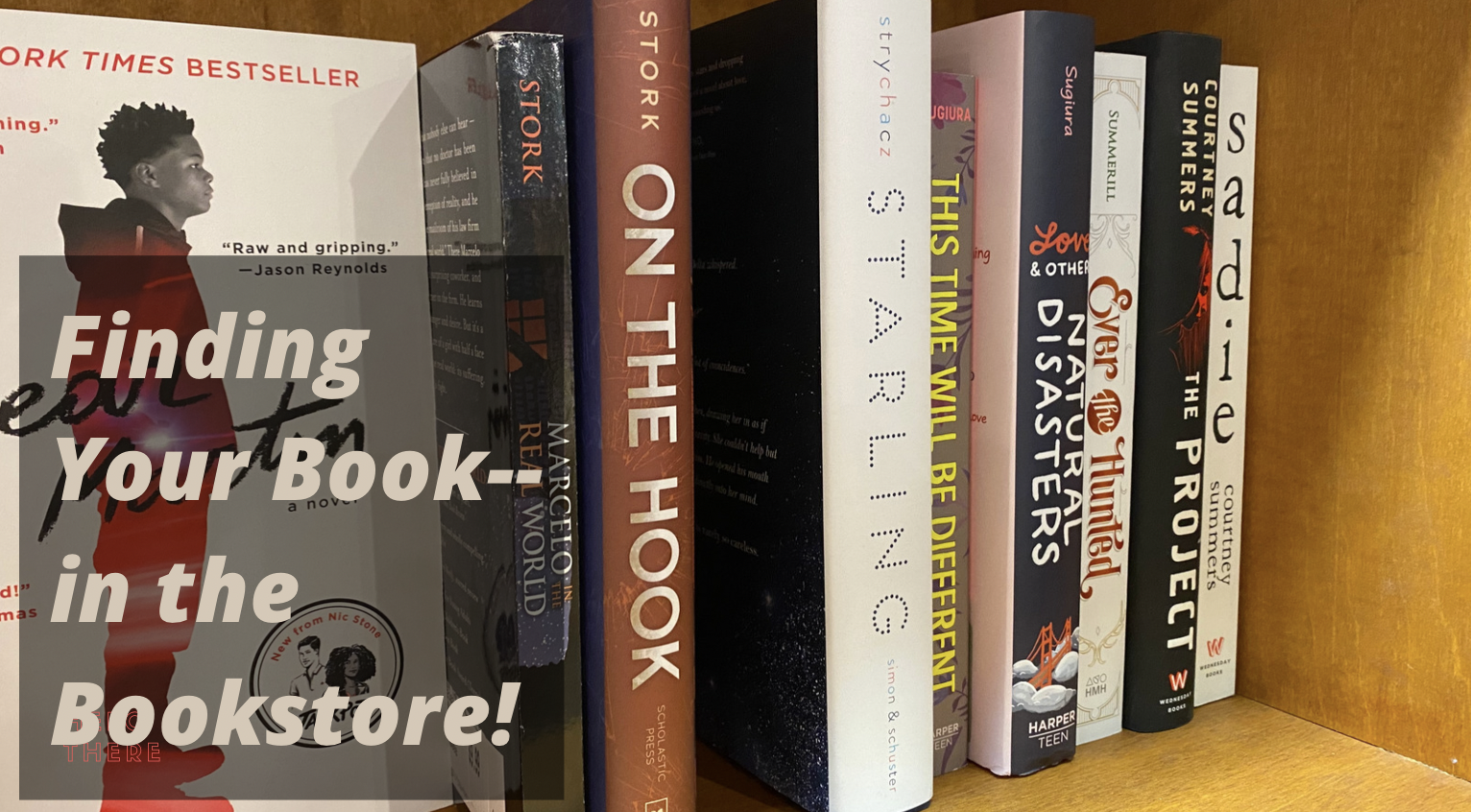
Knowing where my book would sit on a shelf and what books it would be friends with helped me think more clearly about my revision. When I’m faced with a choice, I can consider what would sit well in the spot I found for it.
Filed in:
READ POST
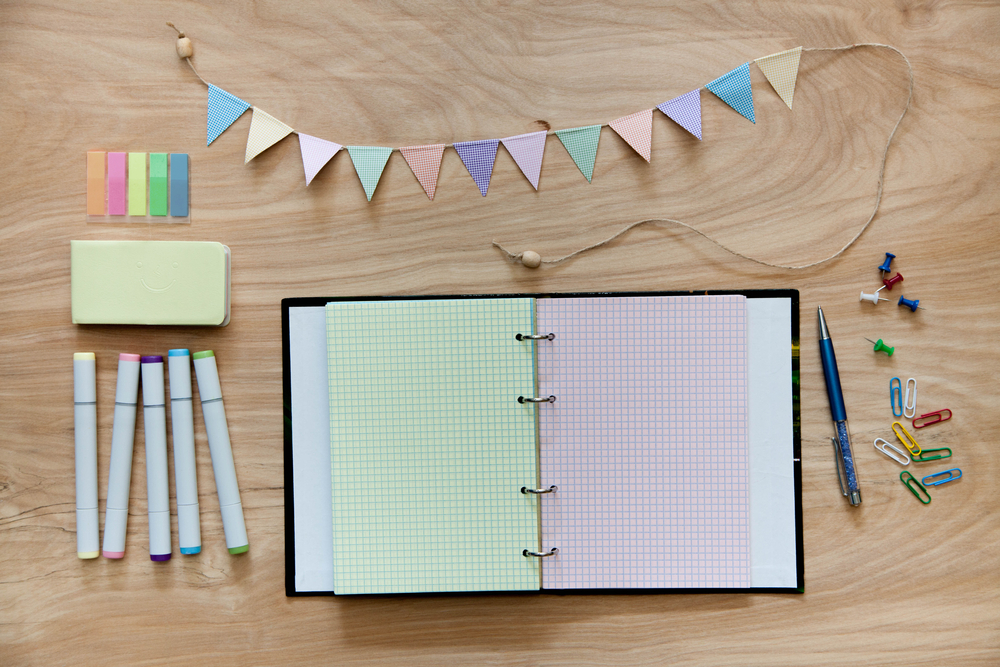
You’re reading this blog post because you want something different. You can bond with friends over not working later. Right here, right now, you’d like to work. So let’s go. Get to work!
READ POST
Filed in:
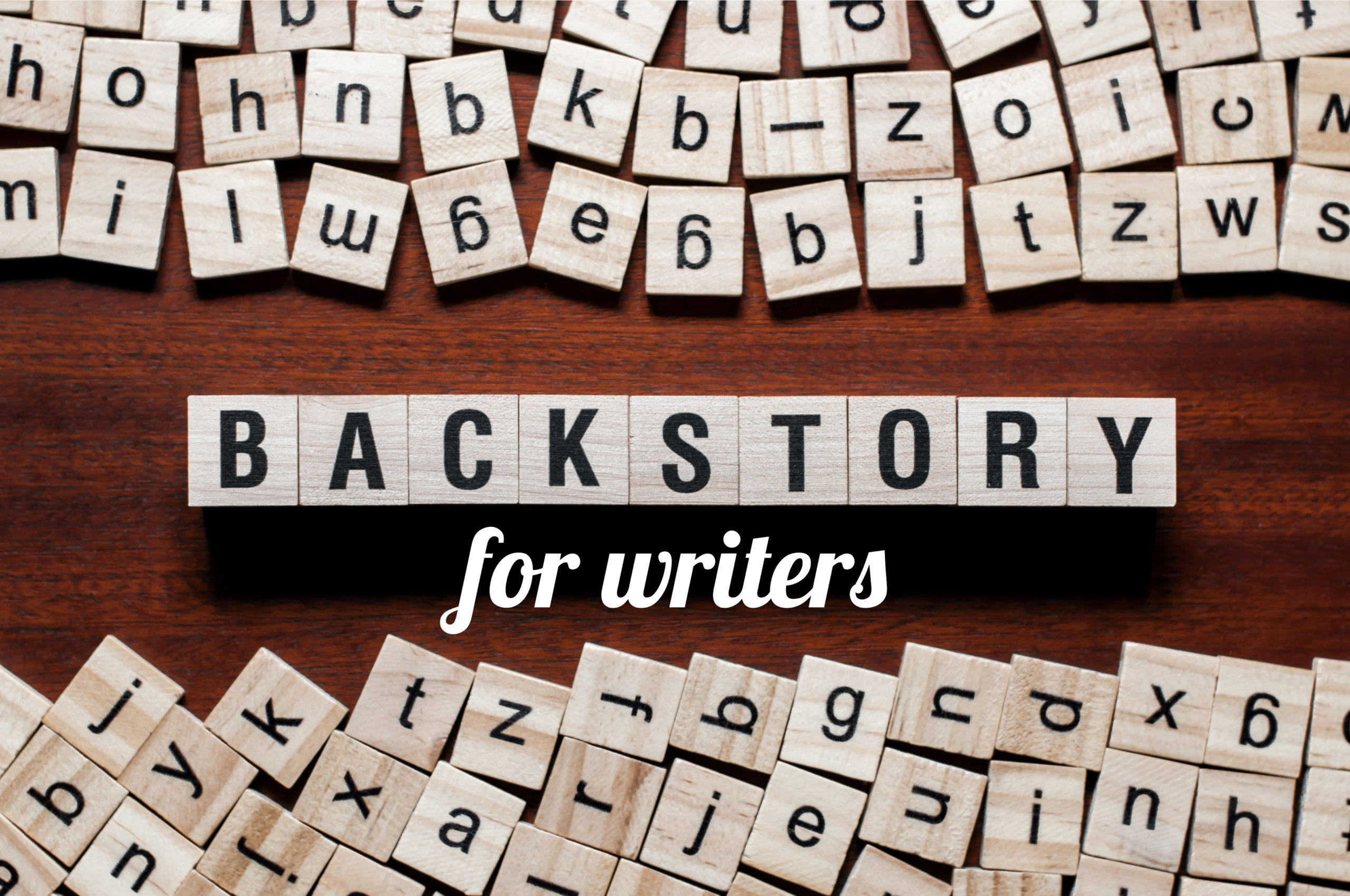
As writers, we hear all the time that you absolutely have to develop your characters’ backstories. We can spend a lot of time laboring over our characters’ pasts–creating, inventing, discovering–only to have someone read a draft and tell us: “Take out all the backstory!” Too much backstory can drag the pace of a story. Too little, and characters seem unmoored and unmotivated. So what to do?
READ POST
Filed in:
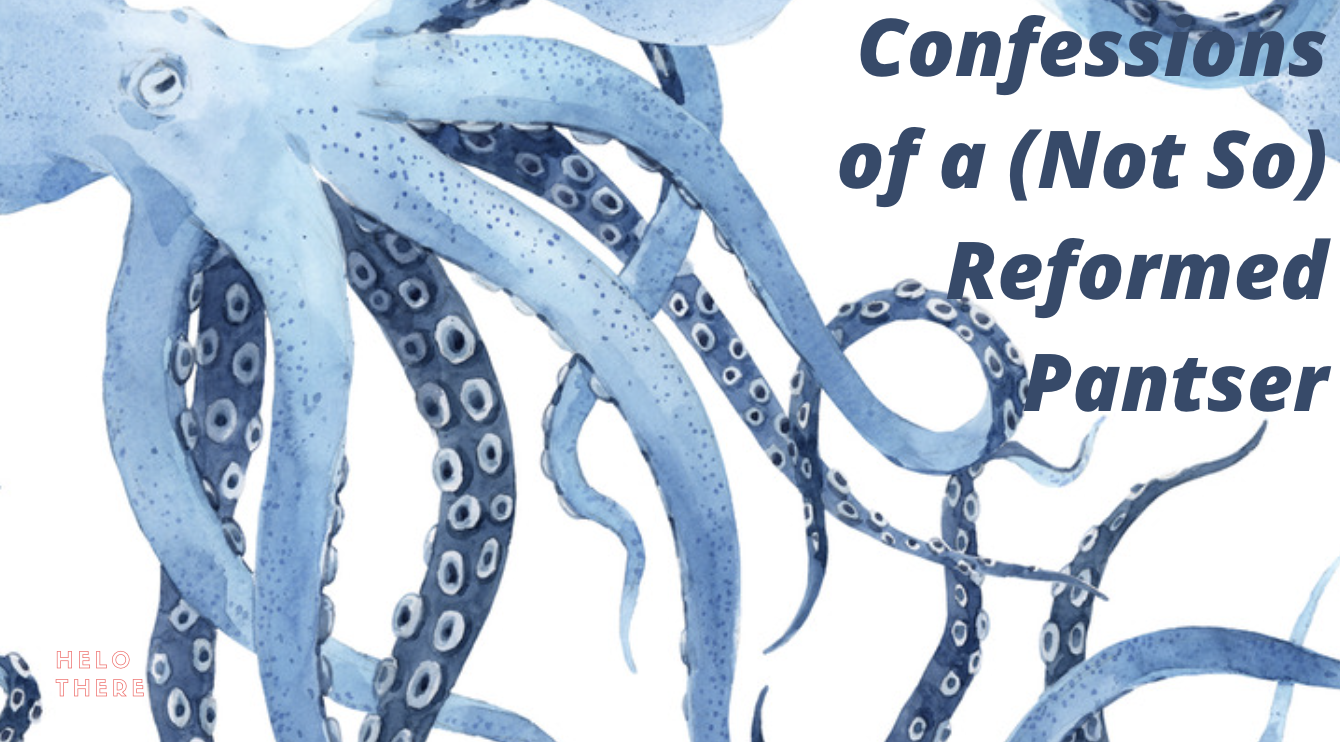
“I understand more clearly that an outline need not be a construct that dominates my writing, a rigid form that must be adhered to, but it can be a tool to help manage what I write, to help me not get distracted or sidetracked, and instead work toward my goal–even if that goal isn’t completely clear to me as I shuffle, twist, and rearrange things on the page, the way I am prone to do.”
READ POST
Filed in:
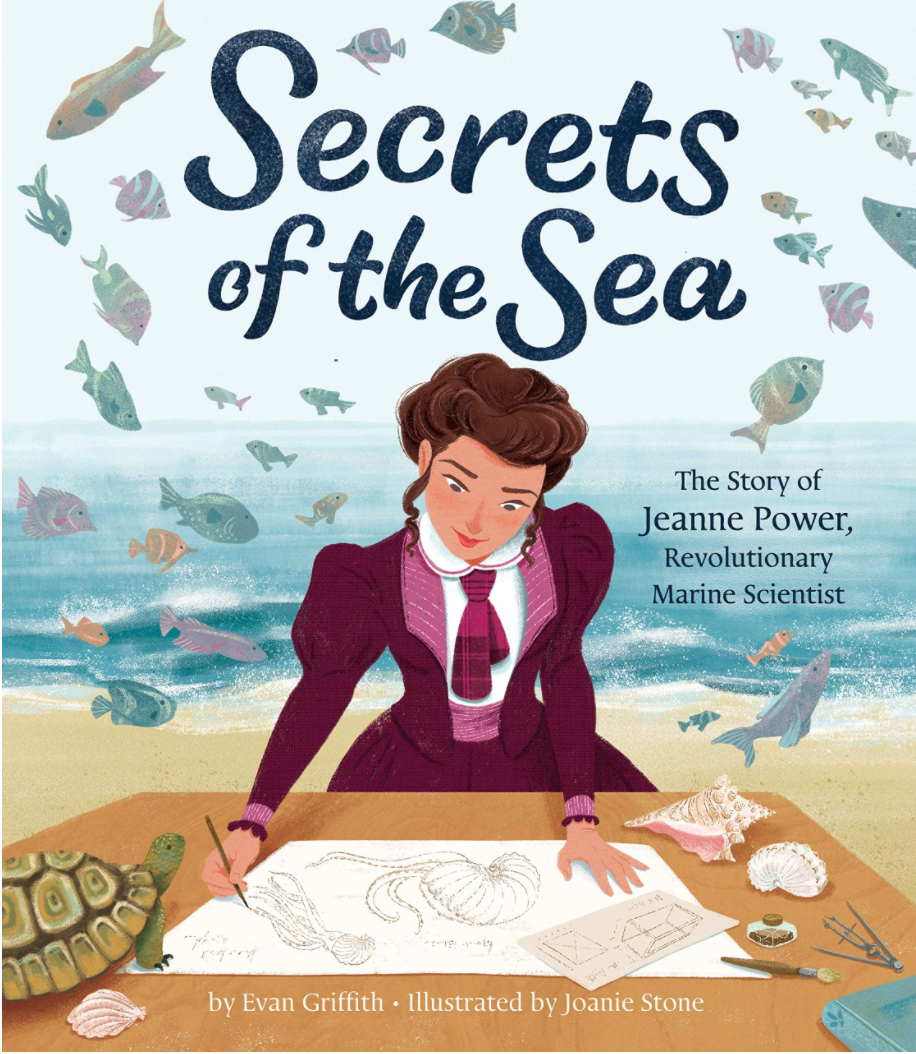
In Secrets of the Sea, Evan Griffith keeps the story active by providing context to explain how important her work was, providing detailed descriptions and examples to prove his points about Jeanne, and employing effective sentences at the ends of spreads that make readers want to turn the page. In each instance, he sets up expectations, context, or questions that lead readers through a delightful story.
READ POST
Filed in:

“This isn’t specific to PB writers, but I would just say to any writer: Be kind to yourself and your drafts. Many writers, myself included, struggle with self-criticism or perfectionism, so I try to give myself this advice daily. First drafts can and should be messy. Second and third and seventh drafts, too. There is beauty in the mess. Writing is mostly re-writing. When you’re feeling discouraged, reach out to some writer friends for support. Seek community.”
READ POST
Filed in:
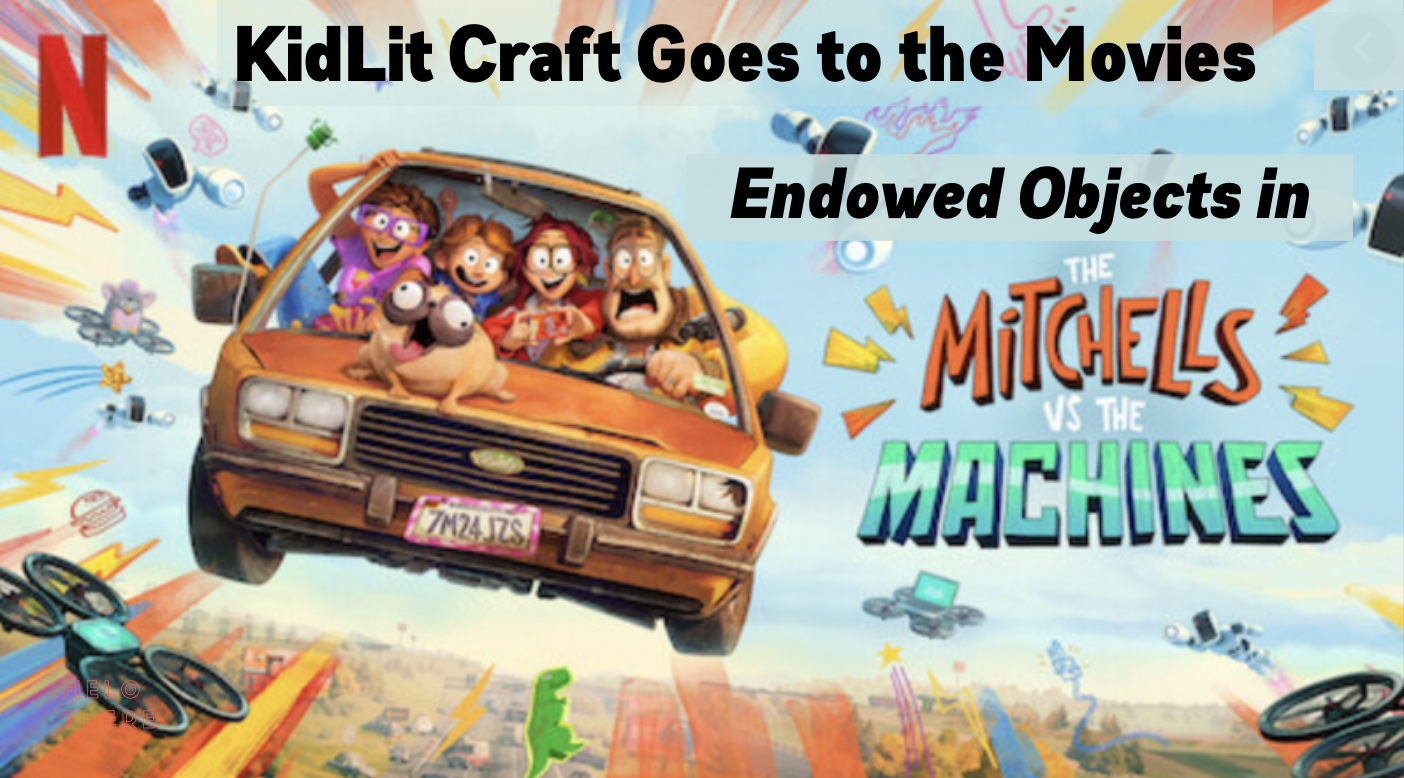
The moose is meaningful to both Dad and Katie, and the movie creates additional layers of meaning through the old movies (flashbacks) and the way the moose moves from person to person. We know what the moose means, so we can imagine what the characters are feeling, and ultimately, we feel it too.
READ POST
Filed in:
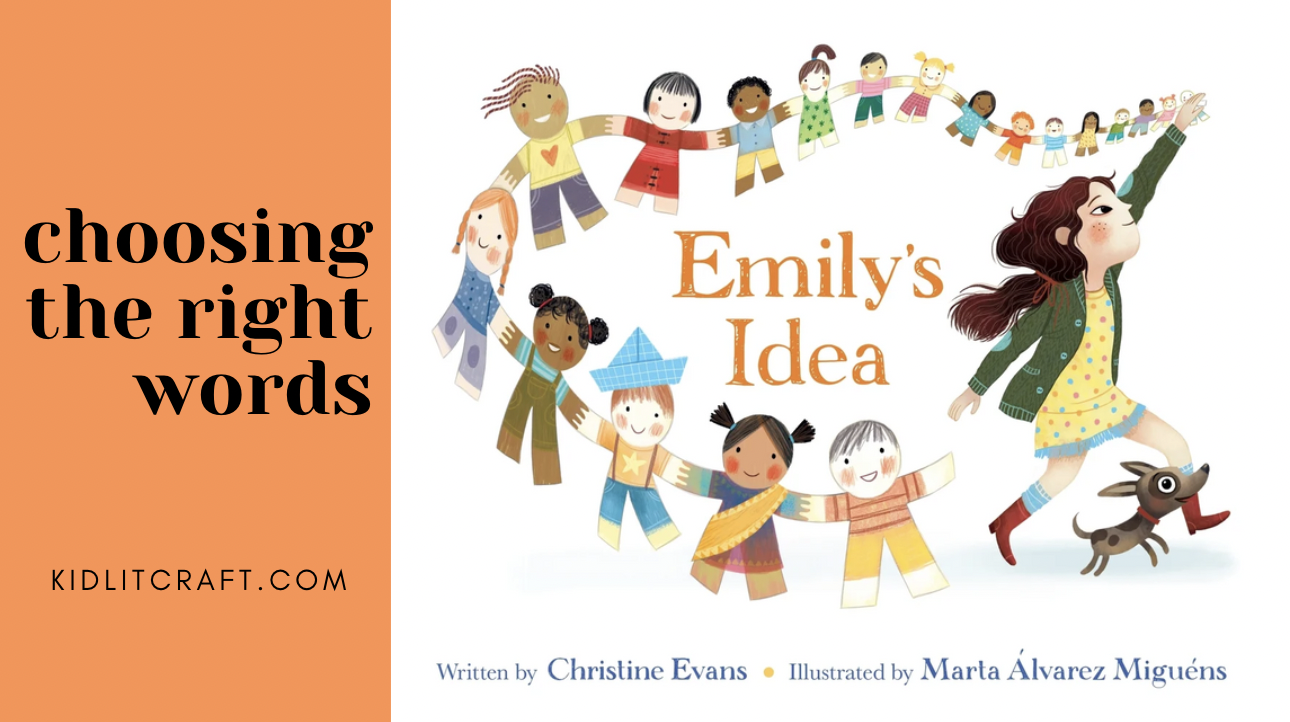
In her picture book Emily’s Idea, Christine Evans finds that elusive balance and creates a story with specificity AND room for the illustrator to tell their part of the story.
READ POST
Filed in:
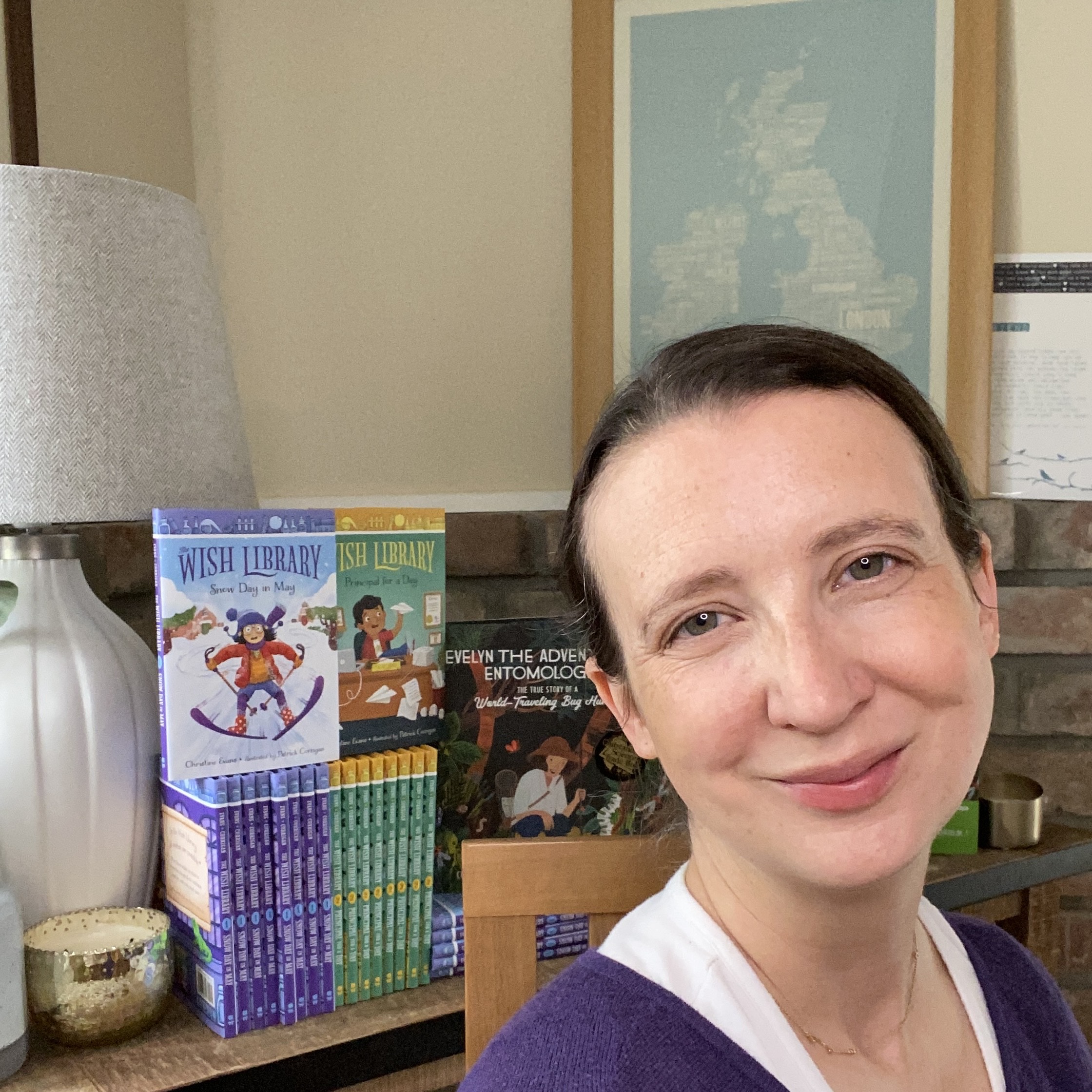
I choose the stories (fiction or nonfiction) that give me a fluttery feeling. It’s been true of all my projects so far. When an idea takes hold, you can’t shake it off, and you just have to learn more, then that’s the idea to follow.
READ POST
Filed in:
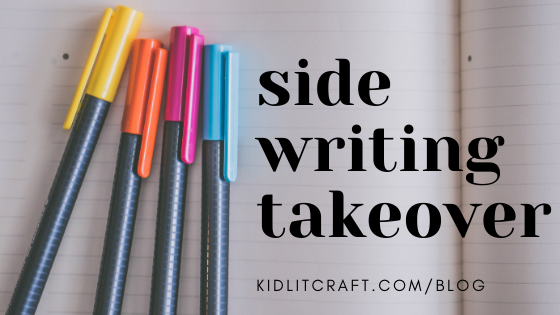
The authors and contributors we interviewed had so many wonderful sidewriting challenges, we thought we’d put them all in one place. Each exercise will have a link back to the original post so you can learn more about the author and how sidewriting works for them. Enjoy!